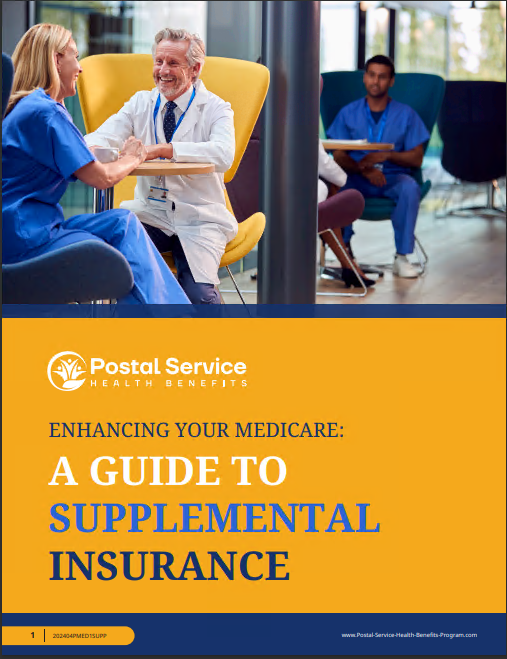Key Takeaways
- Important Deadlines: Open Season for the new Postal Service Health Benefits (PSHB) program runs from November 11 to December 9, 2024, so make your decisions within this timeframe.
- Make the Most of Open Season: This is your chance to review, adjust, and select the health coverage that fits your needs and those of your family for the upcoming year.
Understanding Open Season and Why It Matters
If you’re a postal worker or retiree, Open Season is the annual window when you can make changes to your health benefits. This year is unique since it marks the transition from the Federal Employees Health Benefits (FEHB) system to the new Postal Service Health Benefits (PSHB) program. It’s more important than ever to evaluate your options, as your decisions will impact your healthcare coverage starting January 1, 2025. With new plans and structures under PSHB, there are plenty of considerations to keep in mind. In this article, we’ll cover what you need to know to navigate this year’s Open Season confidently.Key Dates and Deadlines
- Open Season Period: November 11 – December 9, 2024
- Changes Effective Date: January 1, 2025
What’s New in the PSHB Program?
This year, all Postal Service employees and retirees will transition to the PSHB program. While the FEHB program previously covered postal workers, PSHB now offers a range of health plans specifically tailored to postal service needs. Here’s what’s different:- Custom Options: PSHB plans are designed to address the unique needs of postal employees and retirees, offering a range of plan choices to fit various life stages and health requirements.
- Integration with Medicare Part B: For retirees and eligible family members who are Medicare-eligible, enrolling in Medicare Part B is necessary to maintain PSHB coverage, unless you retired before January 1, 2025, and have not enrolled in Part B.
Review Your Current Coverage
To get the most out of Open Season, start by taking a close look at your current health coverage. Ask yourself:- Are You Paying for Coverage You Don’t Need? If you’re in good health and have low healthcare needs, you may find a plan with lower premiums that still covers the essentials.
- Does Your Plan Meet Your Current Health Needs? For those with ongoing health issues, a more comprehensive plan might be a better fit to cover visits, treatments, and medications.
- Are You Adding Family Members? If you’re including a spouse or dependents, compare family plan options to find the best value.
Navigating Medicare Enrollment Requirements
For Medicare-eligible postal retirees and family members, the PSHB program has a unique requirement: you must enroll in Medicare Part B to maintain your PSHB coverage unless you meet certain criteria. Here’s what you need to know:- Who Needs to Enroll: Generally, anyone who qualifies for Medicare should enroll in Part B to continue receiving PSHB benefits.
- Exceptions to the Rule: Those who retired on or before January 1, 2025, and are not enrolled in Part B are not required to sign up.
Evaluate the PSHB Plan Options
PSHB offers a variety of plans, ranging from high-deductible plans with lower premiums to more comprehensive options with broader coverage. During Open Season, you have the freedom to choose the plan that best suits your health needs and budget. Here are a few elements to consider:- Plan Costs and Deductibles Consider your health needs and how frequently you expect to use your benefits. Plans with higher deductibles might be less expensive monthly but could cost more if you need frequent care.
- Prescription Drug Coverage If you take regular medications, make sure your preferred plan provides adequate drug coverage. PSHB plans vary in how they handle prescription costs, so check formularies to ensure your medications are covered.
- Provider Networks Ensure the plan includes providers and specialists you prefer, as some plans have restricted networks. If you already have a trusted provider, confirm that they’re in-network to avoid surprise out-of-pocket expenses.
- Out-of-Pocket Maximums Some plans cap the amount you pay out-of-pocket each year, which is important if you face significant medical expenses. The PSHB program offers options with various out-of-pocket limits, so select a plan that fits your financial comfort zone.
Tips for Maximizing Your Open Season Decisions
Since this is a big transition year, here are some tips to help you make the most informed decision during Open Season:- Use Online Tools and Resources: Many online tools allow you to compare plans side-by-side based on costs, network coverage, and benefits. Take advantage of these tools to weigh your options.
- Estimate Your Healthcare Costs: Review your recent medical expenses as a starting point for estimating costs under different plans.
- Attend a Benefits Seminar: The Postal Service may offer informational webinars or in-person seminars about the PSHB plans. This can be a great opportunity to ask questions and gain insights from experts.
Considering Family Health Needs
If you’re covering family members, factor their healthcare needs into your decision. For example:- Dependents and Chronic Conditions: Plans that offer robust coverage for chronic conditions may better suit families with high healthcare needs.
- Mental Health and Wellness Benefits: Look for plans that include comprehensive mental health services if this is a priority.
- Preventive Services: Some plans cover annual exams, immunizations, and wellness checkups with little to no copay. If you have young children, preventive care is especially valuable.






